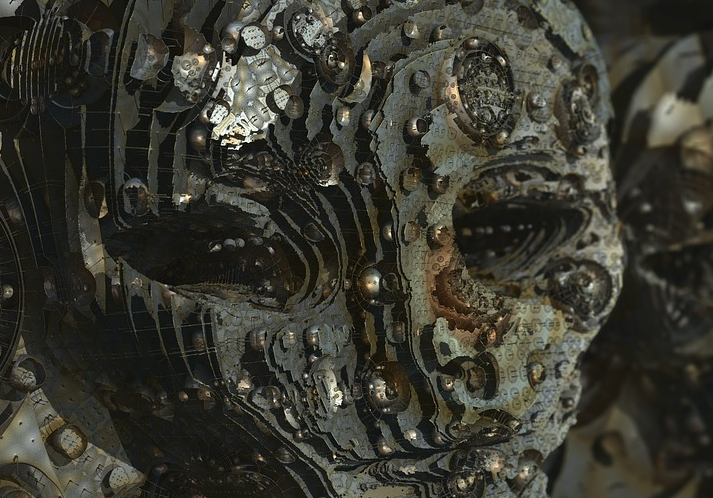The next time someone calls you a “bird brain,” you may just want to say, “I know.” A new study published in Nature Communications concluded that pigeons can pass on and build from the wisdom of previous generations. Scientists from Oxford University have said that homing pigeons are the only known species, besides humans, in the world that exhibit this very human-like skill. “At one stage scientists thought that only humans had the cognitive capacity to accumulate knowledge as a society. Our study shows that pigeons share these abilities with humans, at least to the extent that they are capable of improving on a behavioral solution progressively over time,” wrote co-author of the study, Dr. Takao Sasaki in an article on Telegraph.co.uk.
Previous data proved that pigeons are exceedingly proficient in symbolic communication and rudimentary math. Several studies have even pointed to the pigeon’s ability to use a variety of cues — from visual to audial — to navigate back to their roost. Birds learned specific routes to improve efficiency. Animal behaviorists have labeled this as some form of “collective intelligence.” That being said, scientists were convinced that this collective intelligence was confined to one bird. The thought of a “cumulative cultural evolution,” in which younger broods were taught from more experienced adults was not even considered possible.
For the purpose of this research, Oxford biologists Takao Sasaki and Dora Biro strapped GPS devices on homing pigeons and divided them into three groups. The first group had the birds homing by themselves. The second group had the birds flying with the same partner, while the last group had birds switching partners every half-dozen flights or so.
Sasaki and Biro’s experiment was designed around the famous “spaghetti tower” test which observed the extent of cultural evolution among humans. The study had one person build a tower as high as possible using raw spaghetti and clay while being observed. Researchers then asked the builder to leave. The observer was asked to build the tower in front of a new observer. Authors of this study found that 10 generations of observers built towers similar to the previous ones, with the exception that each tower was a little bit taller than the previous generation’s.
In this experiment, the pigeons merely had to fly home. Sasaki and Biro observed that birds in all three groups improved in the first few flights home; however, only the group that had the most experienced bird periodically switched out developed a near perfect route. The new bird in the pair was likened to the observer in the spaghetti tower experiment and represented the “new” generation, which learned from and built knowledge from the more experienced bird.
Animal behaviorist, Albert Kao, who was not involved in the study, said in an article on ScienceMag.com, “I think the paper convincingly shows that animal groups can show both collective intelligence and cumulative culture.” Kao further added that a naive bird would not develop a completely new route but changes an existing one based on what it gathered from an older bird — a classical trait of a cumulative culture.
That being said, both Sasaki and Biro are quick to point out that “cumulative culture” works very differently in humans than in homing pigeons. They note that when humans pass on knowledge, it leads to more complex cultural and behavioral changes. This is evident in the evolution of certain activities like manufacturing or agriculture. In contrast, cumulative culture among pigeons is seen in just an increase in efficiency, especially in flight routes. This does not necessarily result in any complexity of behavior.
“One key novelty, we think, is that gradual improvement we see is not due to new ideas about how to improve the route being introduced by individual birds,” said Biro. “Instead, the necessary innovations in each generation come from a collective form of intelligence that arises through pairs of birds having to solve the problem together. In other words,…two heads [are] better than one.”
It is still being debated whether certain primates show a degree of cumulative culture.
Sources include:
Telegraph.co.uk
ScienceMag.com
RSTB.RoyalSocietyPublishing.org
NCBI.NLM.NIH.gov
We will respect your inbox and privacy




















